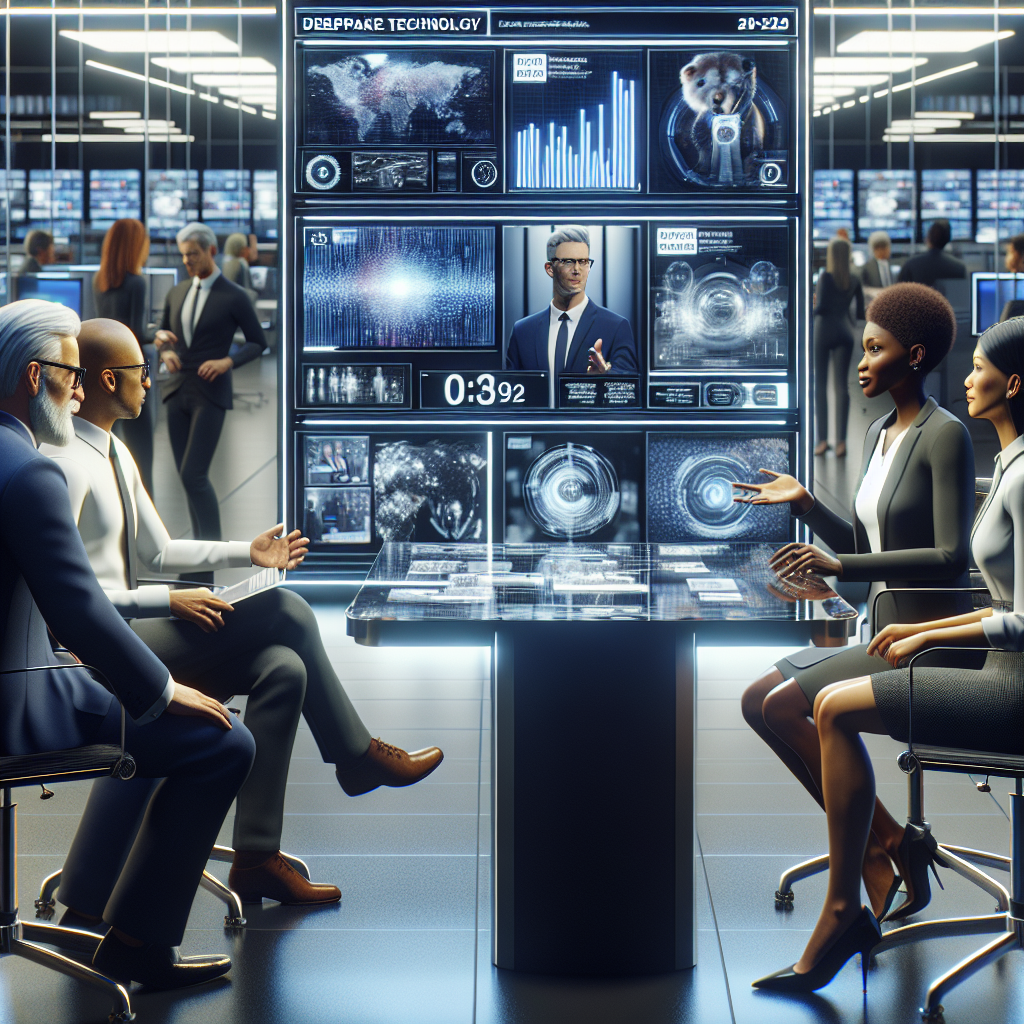Title: The Art of Unmasking: Navigating the Deepfake Terrain in 2025
In the ever-evolving landscape of digital content, the rise of deepfake technology has blurred the lines between what’s genuine and what’s fabricated. As we delve into 2025, the ability to distinguish between deepfakes and reality has become a crucial skill for internet users, content creators, and businesses alike.
A recent trend on platforms like TikTok showcases computer-generated videos replicating real-life scenarios with astonishing accuracy. These creations, known as deepfakes, are a testament to the advancements in artificial intelligence and digital manipulation. However, with this surge in synthetic media comes the pressing need to discern fact from fiction.
Experts in the field of technology and artificial intelligence have weighed in on this phenomenon, offering valuable insights on how to navigate the deepfake landscape effectively. By leveraging a combination of technological tools and critical thinking skills, individuals can better equip themselves to identify and combat the spread of deceptive content.
One key aspect highlighted by experts is the importance of scrutinizing details within the content itself. Deepfakes often exhibit subtle anomalies such as mismatched facial expressions, unnatural movements, or inconsistencies in audio quality. By paying close attention to these nuances, users can start to unravel the digital façade and uncover signs of manipulation.
Moreover, staying informed about the latest developments in deepfake detection technology is essential in the fight against misinformation. From AI-powered tools that analyze video authenticity to blockchain-based verification systems, a proactive approach to leveraging innovative solutions can significantly enhance one’s ability to differentiate between deepfakes and authentic content.
In parallel, cultivating a healthy sense of skepticism towards online media can serve as a powerful defense mechanism. Questioning the source of information, verifying its authenticity through multiple channels, and refraining from sharing unverified content are simple yet effective strategies to mitigate the impact of deepfakes in the digital realm.
As we progress further into 2025, the battle against deepfakes will continue to intensify, requiring a collective effort from tech companies, regulatory bodies, and individual users. By honing our skills in detecting synthetic media, we can safeguard the integrity of online discourse, protect against malicious intent, and uphold the truth in a landscape where reality and illusion often converge.
In conclusion, the ability to discern between deepfakes and reality is not just a skill but a necessity in today’s digital age. By arming ourselves with knowledge, critical thinking, and technological tools, we can navigate the deepfake terrain with confidence and ensure that authenticity remains at the forefront of our online experiences.
Remember, in a world where seeing isn’t always believing, the power to unveil the truth lies in our hands.
—
This article provides an in-depth exploration of the growing concern surrounding deepfake technology and offers actionable insights from experts on how to distinguish between real and fabricated content in 2025. It emphasizes the importance of critical thinking, technological awareness, and skepticism in combating the spread of deceptive media online.

